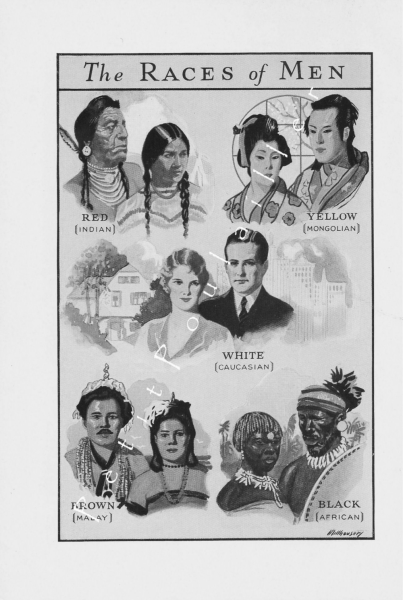Example...
an·thro·pol·o·gy/ˌanTHrəˈpäləjē/
| Noun: |
|
Source of definition: www.Google.com
The photo I have, was taken in the (Davidson County) Tennessee area, in around ~1850, dark hair, dark eyes, medium build, substantial high hairline, and low cheek bones, as well as a prominent jaw line. Let me walk you through this and my photo is at the bottom to compare with my findings.
 |
| http://www.humanbiologicaldiversity.com/Photos/races-of-men2.png |
Germanic Phenotypes(Borrebys)
Mostly unreduced, brachycephalized, and depigmented Upper Paleolithic survivor of Cro-Magnoid stock, related to Dalo-Falid and Brünn on one hand and Alpinid on the other. The affiliation is essentially with the former, but a partial process of alpinization establishes an evolutionary relation to the latter. The southern and south-western border with fully alpinized central Europeans is blurry, and has resulted in a number of local intermediate types, such as the Belgian "Walloons type".
Modern Borrebys are derived, historically, from the old northwestern European coastal fishing population. In many places, such as the Norwegian coastal district of Jæren, Borrebys seem to have been among the first humans to settle permanently, during the late Mesolithic.
In modern times the Borreby type is found nowhere as a true population, except perhaps in Jæren and on the island of Fehmarn, off the German coast, where it exists in relative purity. Elsewhere it is strongly diluted with other elements.
 |
| Germanic Phenotypes(Borrebys) |
 |
| My Great Great Grandfather, "William Riley Rediker I" |
If anyone try's this and likes it, please let me know I would love to hear any thoughts.